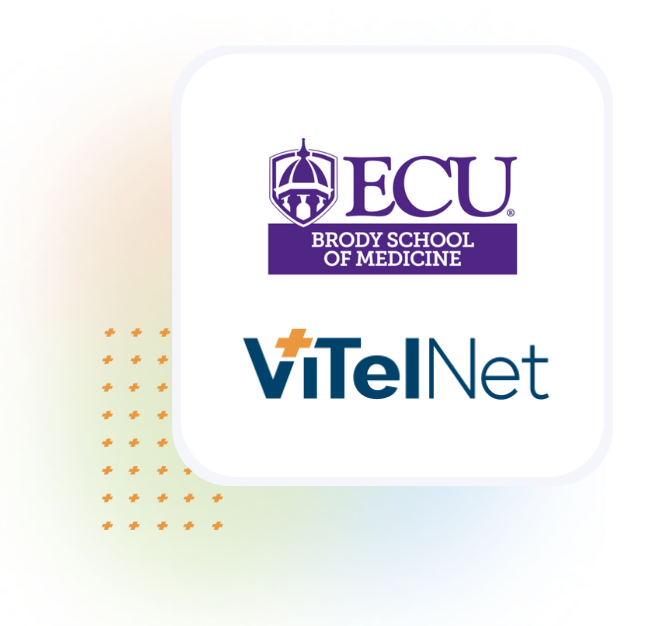What terrific news! This week the Federal Communications Commission (FCC) voted to adopt a Notice of Proposed Rulemaking (NPRM) that would create a new Pilot program. The Connected Care Pilot Program is a three-year, $100 million program to support and expand telehealth services to underserved populations. The impact will be immense, as underserved people living in rural areas will have access to healthcare like never before.
Championed by FCC Chairman Carr, the Connected Care Pilot Program will likely be a major step forward to providing healthcare to low-income patients, veterans, those living in underserved regions. The program will focus on defraying the costs of purchasing broadband equipment to provide services needed for telehealth programs and remote patient monitoring. The telehealth program will facilitate effective treatment of chronic conditions outside of the doctor’s office, at significant savings for patients and health care providers.
Telemedicine & Telehealth defined
Telemedicine is the remote diagnosis and treatment of patients by means of telecommunications technology. Healthcare professionals can diagnose, consult, treat, and manage patients in remote locations using live video conferencing. This expands healthcare beyond brick and mortar healthcare facilities.
Telehealth expands healthcare further by actively engaging the patient. Telehealth connects clinicians with patients, regardless of location – and takes telemedicine to the next level. It includes telemedicine, store and forward, remote patient monitoring devices, telephone calls, facsimile machines (faxes), tweets, and other electronic health care communication between providers and patients. Also, telehealth encompasses non-clinical uses of telecommunications technology, such as self-monitoring (using wearables and/or apps to record activities), provider and patient education, and medical records management.
Technology needed
For telemedicine/telehealth to succeed, broadband technology is needed to connect the patient, the providers/clinicians, and the data collected by medical devices. The communication is integral. The focus of this NPRM is to craft Pilot program rules that “support connections directly between healthcare providers and patients.”
What Connected Care Pilot Program will do
Supply access! This program will expect health care providers to provide patients with home broadband services that support telehealth technologies or certain mobile wireless applications not previously subsidized under existing FCC Universal Service Fund (USF) programs.
Who benefits
The program will be limited to healthcare providers who serve areas with a shortage of clinicians or areas with lower-income residents. The populations targeted include those on Tribal lands, in rural areas, in underserved areas, and in low income areas, as well as veterans. There is an abundance of documentation that shows these groups experience healthcare disparities – getting access to healthcare is the issue, whether financial limitations or just being able to literally get to a caregiver. Telehealth can dramatically enhance access.
Goal
The data gathered from the Connected Care Pilot Program will be analyzed to understand potential benefits of broadband service for connected care.
Next steps
As summarized by the National Law Review, public input will be solicited on a number of items:
- Subsidizing provision of patient broadband connections
- Defining what services would qualify as “supported services
- Balancing the need to help low-income or veteran patients overcome barriers to connected care services against the likelihood of fraud, waste, or abuse
- Examining means to support additional packages or services that qualify as “information services”
- Adopting program rules to exclude
- “Network equipment necessary to make a broadband service functional” from “supported services” as the RHC program already provides for this funding
- “Administrative and outreach costs associated with participating in the Pilot program” from “supported services” in the Pilot program because “past experience in the RHC support programs … demonstrates that health care providers will participate even without [this] funding.”
- Funding of end-user devices, medical devices, or mobile applications from “supported services” in the Pilot program. This is consistent with past FCC decisions that concluded that providing USF funding to these “non-communications infrastructure or services” was not an appropriate exercise of its USF authority. Meanwhile, a small subset of mobile applications—those that may be part of an “information service”—would be carved out as eligible for the Pilot program, which reflects the FCC’s view that provision of certain categories of telehealth applications may be eligible for USF support.
Getting access to healthcare can be difficult, telehealth can radically alter that paradigm. But to do so, broadband service is required – right now, it is not as widespread as one might think. This project will make that communication technology accessible and provide quantifiable results.






